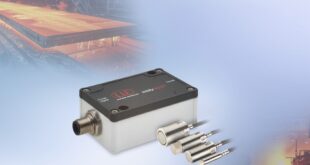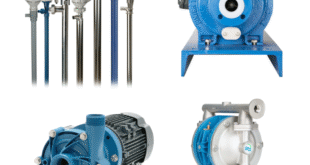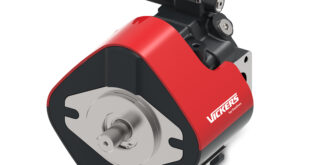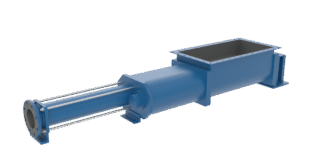Emma Cygan weighs up the advantages and pitfalls of these grease options in steering part design
Re-greaseable parts enable the customer to carry out regular preventative maintenance on their vehicle, to keep fleets on the road.
Grease changes will be performed while the part is still working, to keep it running optimally throughout the vehicle’s lifespan.
Re-grease facility options vary across different steering parts, for example intermediate shafts and universal joints can have re-greaseable bearings.
Additionally, ball joints can have grease nipples added to the design, which enable grease added at any time, based on the part’s requirements.

Greased for life on the other hand ensures the product has sufficient grease for its end application without the need of additional re-greasing processes.
During initial production, components are greased as per customer specifications and sealed permanently. This removes the risk of grease leakage, or grease contamination during the parts operation.
Many of our customers now choose greased for life bearings in intermediate shafts and ball joints, without a grease nipple entry. This has been a rising trend in recent years.
In fact, greased for life options are now considered standard for the majority of orders, which is arguably due to changes in the quality control preferences of the vehicle end users.
The greased for life approach demonstrates that many customers prefer to stick with their components until the part has reached the end of its life, rather than continually maintaining existing parts.
However, this requires the part manufacturer to determine an expected lifespan.
At Pailton Engineering, a greased for life steering part is validated against the loads and mile equivalents of long lifespans. This ensures that customers have long intervals between part replacements — providing original equipment (OE) quality parts are sourced for each replacement, rather than replica aftermarket parts.
Part replacements or re-grease intervals will depend on the exact requirements of the end user. This is affected by vehicle use and application, maintenance schedules, quality control processes and company legislation.
Both approaches to steering system design are valid and offer their own benefits with regards to maintenance. We generally leave it to our customers to weigh up the options, although we can advise on lifecycle management and maintenance requirements for each part.
So, what’s it going to be? Grease nipples or greased for life? It’s not a decision to take lightly. The surge in popularity of greased for life parts does suggest where the industry is heading. However, we will continue to offer either option as suppliers of flexible design in steering system manufacturing.
Pailton Engineering offers re-grease or greased for life options on all relevant steering components, including ball joints, draglinks, intermediate shafts and universal joints.
Emma Cygan is design and development engineer at steering system supplier, Pailton Engineering.
 Engineer News Network The ultimate online news and information resource for today’s engineer
Engineer News Network The ultimate online news and information resource for today’s engineer




